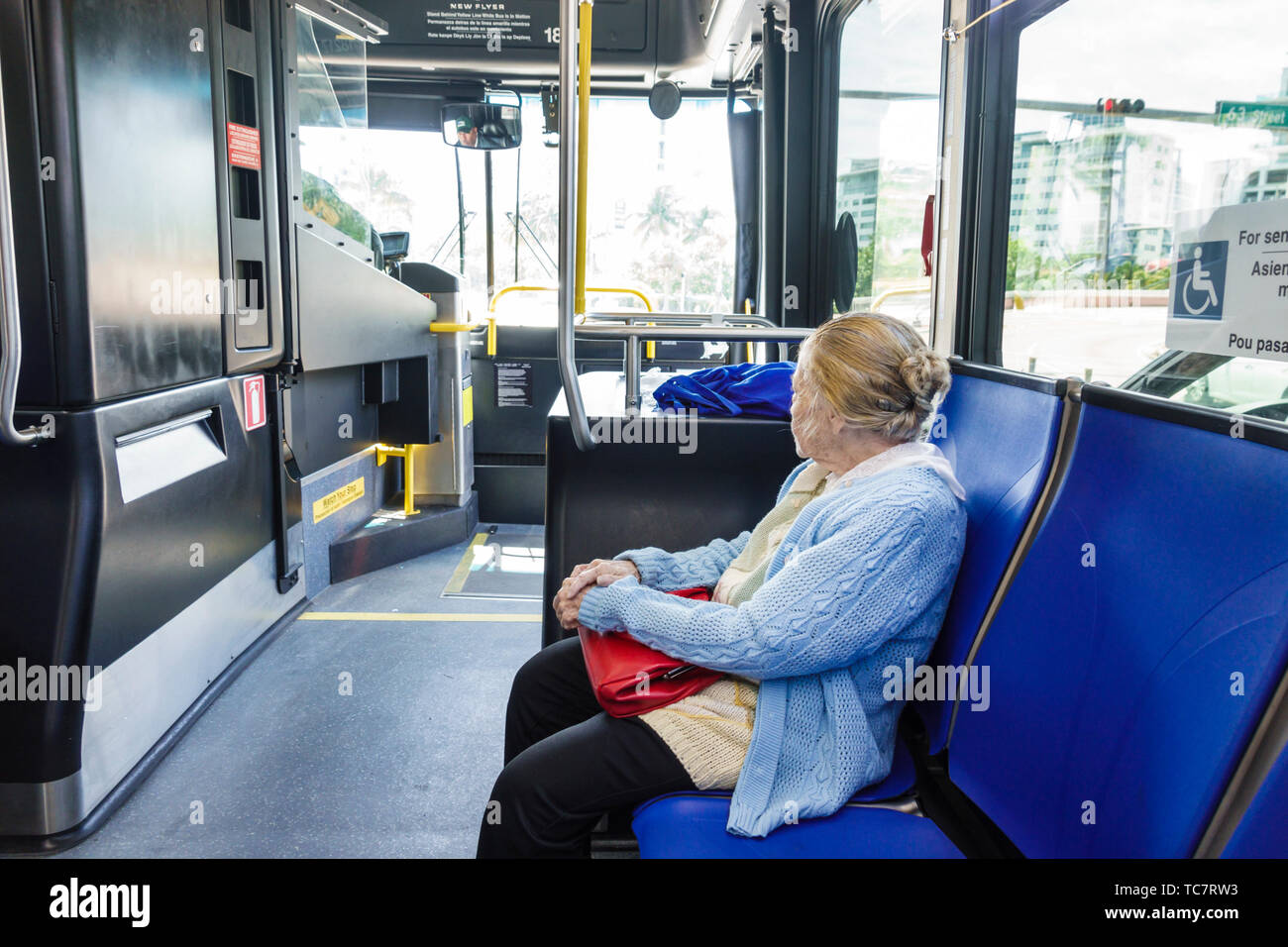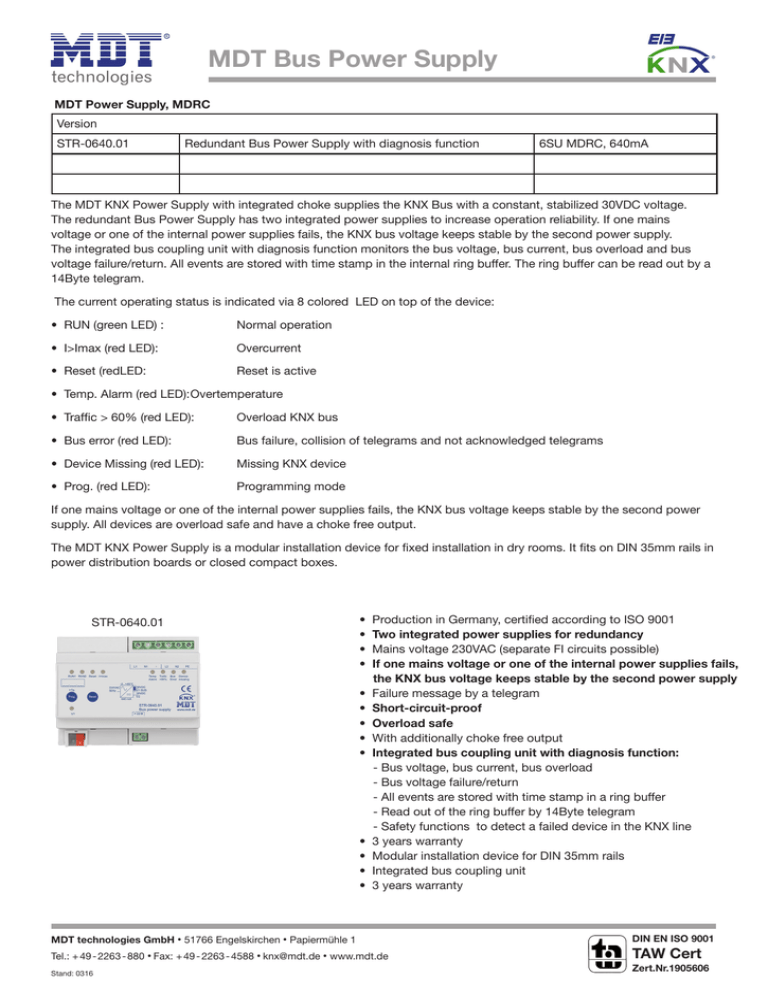

Miami-Dade Transit was undergoing a federal investigation by the Federal Transit Administration that includes several audits and a criminal investigation of the transit agency due to concerns over money mismanagement within the agency. In 2004, MDT's Metrorail, Metromover, and Metrobus transported more than 96 million passengers, compared to 85 million the previous year. Metrobus routes cover more than 35-million miles annually, including limited service to Broward and Monroe counties.
MDT BUS FREE
MDT operates an accessible, integrated system of 93-plus Metrobus routes the 22-mile (35 km) Metrorail rapid transit system Metromover, a free downtown people mover system and the Paratransit division's Special Transportation Service. Miami-Dade Transit, a county department of more than 4,000 employees, is the largest transit agency in the state of Florida and accounts for more than half of the trips taken on public transit in the state. Over the years and under various administrations, MTA evolved into the Metro-Dade Transportation Administration, the Metro-Dade Transit Agency, the Miami-Dade Transit Agency, and is now known simply as Miami-Dade Transit (MDT). National City was dismissed as manager in 1974. These companies included the Miami Transit Company, Miami Beach Railway Company, South Miami Coach Lines, and Keys Transit Company on Key Biscayne and would be managed by National City Management Company.

This ordinance provided for the purchase, development, and operation of an adequate mass transit system by the County. In 1960, the Dade County Commission passed an ordinance creating the Metropolitan Transit Authority (MTA) to unify the different transit operations into one countywide service. Tri-Rail, a commuter rail system, connects the Miami Intermodal Center & Tri-Rail Metrorail Transfer station to Fort Lauderdale and West Palm Beach.

Tri-Rail is a separate entity and not controlled by MDT. As of 2013, rail fares collected were $23 million/yr and it cost $78 million/yr to operate the rail system. The opening of the new Metrorail Orange Line in April 2012 is expected to significantly increase usage of the system. Metromover operates throughout the Downtown, Omni, and Brickell neighborhoods, and is composed of three rail loops and 22 stations. Metrorail is composed of two rail lines (Green and Orange lines) with 23 stations radiating from the city center towards outlying neighborhoods north and south of Downtown. MDT's main transit stations are Government Center in Downtown, and the Miami Intermodal Center in Grapeland Heights, which can access the Miami International Airport. Metrobus operates over 93 routes, including the South Dade Transitway.

As of 2011, MDT had a daily passenger ridership of 336,067, and accounted for over 15% of Miamians' daily transportation. MDT also operates two light rail systems: Metrorail and Metromover. MDT operates the Metrobus with their paratransit STS systems run by LSF. From 2014 to 2018, each year there fewer riders than the prior year. It is the largest transit system in Florida and the 15th-largest transit system in the United States. Miami-Dade Transit ( MDT) is the primary public transit authority of Miami, Florida, United States and the greater Miami-Dade County area.


 0 kommentar(er)
0 kommentar(er)
